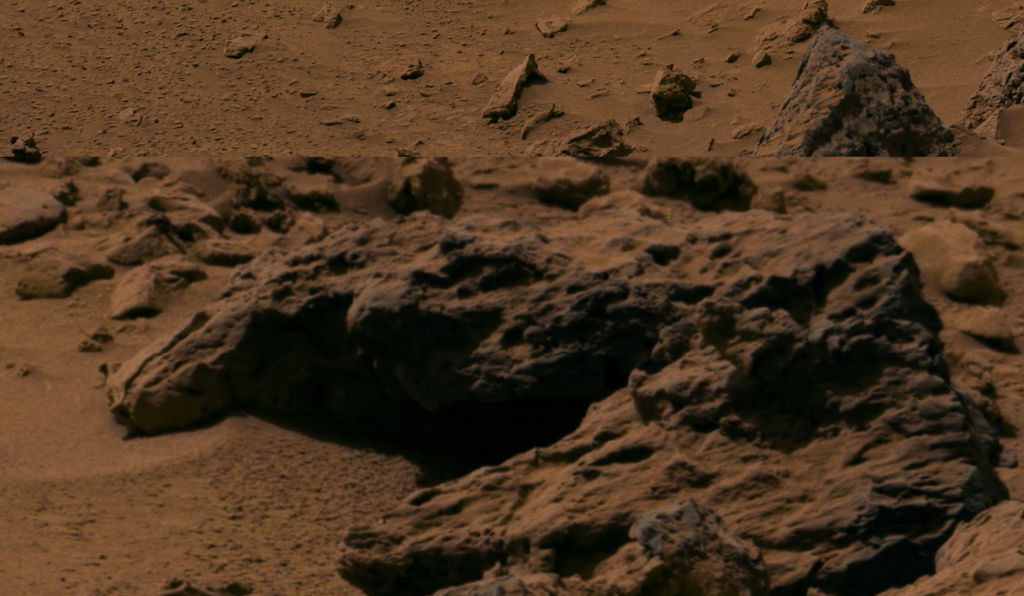Here is this weeks Eyes on the Sky Video
Jun 23
NASA – Five Years of Stereo Imaging for NASA’s TWINS
Since 2008, NASA’s two TWINS spacecraft have been providing a sterescopic view of the ring current — a hula hoop of charged particles that encircles Earth. Credit: J. Goldstein/SWRI
Surrounding Earth is a dynamic region called the magnetosphere. The region is governed by magnetic and electric forces, incoming energy and material from the sun, and a vast zoo of waves and processes unlike what is normally experienced in Earth-bound physics. Nestled inside this constantly changing magnetic bubble lies a donut of charged particles generally aligned with Earth’s equator. Known as the ring current, its waxing and waning is a crucial part of the space weather surrounding our planet, able to induce magnetic fluctuations on the ground as well as to transmit disruptive surface charges onto spacecraft.
On June 15, 2008, a new set of instruments began stereoscopic imaging of this mysterious region. Called Two Wide-angle Imaging Neutral-atom Spectrometers or TWINS, these satellites orbit in widely separated planes to provide the first and only stereo view of the ring current. TWINS maps the energetic neutral atoms that shoot away from the ring current when created by ion collisions.
In five years of operation, the TWINS maps have provided three-dimensional images and global characterization of this region. The observatories track how the magnetosphere responds to space weather storms, characterize global information such as temperature and shape of various structures within the magnetosphere, and improve models of the magnetosphere that can be used to simulate a vast array of events.
“With two satellites, with two sets of simultaneous images we can see things that are entirely new,” said Mei-Ching Fok, the project scientist for TWINS at NASA’s Goddard Space Flight Center in Greenbelt, Md. “This is the first ever stereoscopic energetic neutral atom mission, and it’s changed the way we understand the ring current.”



